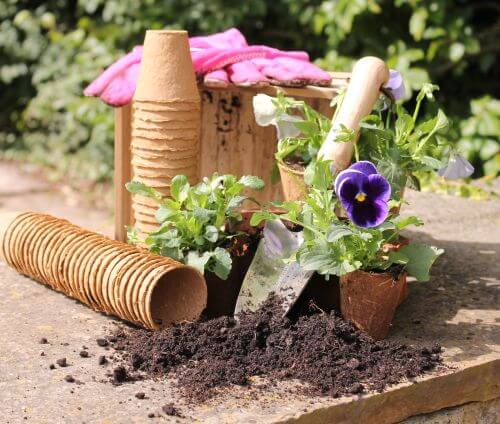Understanding The Basics of Gardening: Planting

Gardening is a beloved pastime for many, providing an opportunity to connect with nature and enjoy the outdoors. However, for those new to gardening, it can be overwhelming to know where to start. In this guide, we'll explore the basics of planting, providing you with the knowledge you need to get started on your gardening journey.
First, it's important to understand the different types of plants and their specific needs. Annuals, for example, complete their lifecycle within a single growing season and need to be replanted each year. Perennials, on the other hand, return year after year and only need to be planted once. Knowing the difference between these two types of plants will help you to choose the right plants for your garden and plan for their care. Additionally, you should also be familiar with other types of plants, such as shrubs, trees and bulbs. Each of these types of plants have different characteristics, growth habits, and needs.
Next, it's important to choose the right location for your plants. Different plants have different light requirements, and it's crucial to place them in an area where they will receive the appropriate amount of sunlight. Additionally, consider the soil type and drainage in the area you are considering for planting. Some plants prefer well-drained soil, while others thrive in damp, heavy soil. Proper soil preparation is also essential for the success of your garden, so make sure to amend the soil with organic matter before planting. This will help to improve the soil structure and fertility.
When it comes to planting, timing is also crucial. Some plants prefer to be planted in the spring, while others are better suited for autumn planting. Make sure to research the specific needs of the plants you are planning to grow and plant them at the appropriate time. Keep in mind the hardiness zones of the plants you are going to grow; this will give you an idea of the best time to plant them and if they will survive in your location.
Proper planting technique is also essential for the success of your garden. Dig a hole that is the same depth as the plant's root ball and two to three times as wide. This allows the roots to spread out and establish themselves more easily. When you place the plant in the hole, be sure to backfill with soil, making sure to remove any air pockets. Firm the soil around the base of the plant and water well.
In addition to these basics, it's also important to consider the long-term care of your plants. This includes regular watering, fertilising, and pruning to encourage healthy growth and prevent disease. Be sure to research the specific needs of each plant and create a care schedule accordingly. Keep an eye out for pests and diseases and take action as soon as you notice any signs of trouble.
Furthermore, it's important to remember that gardening is an ongoing process, and it will take time to see the full potential of your garden. Be patient and enjoy the journey, and don't be afraid to make mistakes. Gardening is a great way to learn and grow, both literally and figuratively.
In conclusion, planting is a crucial aspect of gardening and understanding the basics can help you to create a beautiful and thriving garden. Remember to choose the right plants for your location, plant at the appropriate time, and provide proper care to ensure the success of your garden. Happy gardening!